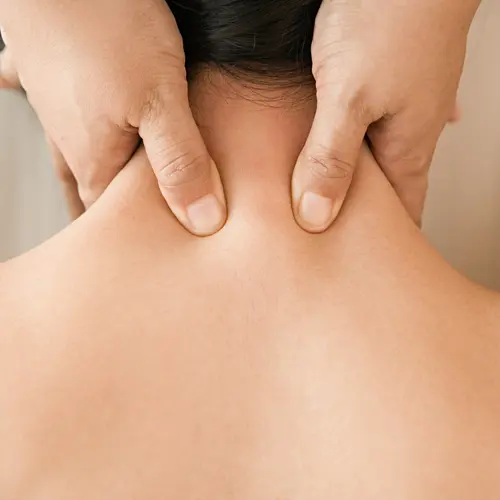Pranayama is an ancient breath technique that originates from yogic practices in India. It involves controlling your breath in different styles and lengths. It has more recently gained popularity in the western world because of the many health benefits that come from a pranayama practice.
All About Pranayama
The fourth limb. Pranayama is typically practiced alongside yoga. It is known as the fourth anga, or limb, of yoga. Pranayama is regarded as a science. It’s believed that you can control the power of your mind through regulating your breath.
The word pranayama comes from two separate words: prana and ayama. Prana translates to breath, while ayama has many different meanings including expansion, length, and rising.
In yogic beliefs, it is thought that you can control your inner force, also known as prana, through a pranayama practice. In yoga, prana also represents the physical forces of light, heat, magnetism, and energy. These meanings center on the ability that a pranayama practice has to develop breath control and improve mental well-being. A strong pranayama breath is also believed to help detoxify your body.
Three phases. A pranayama cycle has three phases:
- Puraka, or inhalation
- Kumbhaka, or retention
- Rechaka, or exhalation
Types of Pranayama
Pranayama practices have both slow and fast variations. While there are many different types of pranayama practices, some popular ones are:
- Bhastrika pranayama, or bellow breath, is used to boost energy levels.
- Kapal Bhati pranayama, or skull shining technique, is practiced for energy clearing and its detoxifying effects on the body.
- Nadi Shodhan pranayama, or alternate nostril technique, is believed to center your mind by joining the right and left sides of your brain.
- Bhramari pranayama, or bee breath, is used to help calm the mind and racing thoughts.
Many practitioners follow pranayama to gain the traditional benefits of these breathing exercises. Modern science has also found pranayama to hold a wide range of benefits for the mind and body.
What Are the Health Benefits of Pranayama?
Cognitive function. Both slow and fast kinds of pranayama can help improve your cognitive functions. Studies show that fast pranayama in particular can help to improve auditory and sensory-motor skills.
Lung capacity. Practicing pranayama can help improve lung function. This includes helping you hold your breath longer and increasing strength in your respiratory muscles. Pranayama has the potential to help with all sorts of lung issues. It may aid recovery from pneumonia and strengthen lungs that suffer from asthma.
Quit smoking. Speaking of lung health, the breathing techniques in pranayama can help to cut cravings if you want to quit smoking.
Mindfulness. Much like the more popular forms of yoga, pranayama can increase mindfulness. Its meditative method of breath focus and awareness can aid your ability to live in the present moment.
Stress and emotional regulation. Pranayama’s ability to improve mindfulness has also been found to lower stress and aggression among students taking particularly stressful exams. Pranayama’s focus on breathing and relaxation may alter the levels of stress molecules.
Anxiety. Pranayama can significantly lower anxiety levels and any negative feelings associated with it. Regular pranayama practice can help with anxiety. It can also improve areas of mental focus that are often affected by it such as awareness and attention. Just one session can help you to noticeably reduce anxiety.
Reduce hypertension. Bee breath pranayama and chanting may help reduce hypertension or high blood pressure. The benefits of such stress reduction include reducing the chance of various conditions, such as strokes, peripheral vascular disease, and coronary heart disease.
Psychosomatic disorders. Psychosomatic disorders are diseases involving both the body and mind. Some psychosomatic diseases include migraine headaches, ulcers, and psoriasis. By joining the body and mind through the breath, pranayama may help manage these.
Practicing Pranayama
As with any new exercise, it is always best to talk to your doctor before taking on a new routine. Try to begin a pranayama practice slowly and then build it up over time.
As a yogic practice that can potentially harmonize your mind and body, pranayama may offer many benefits to your overall well-being. You may find that it helps improve mental issues such as anxiety and stress, or that it alleviates the symptoms of certain physical conditions.

